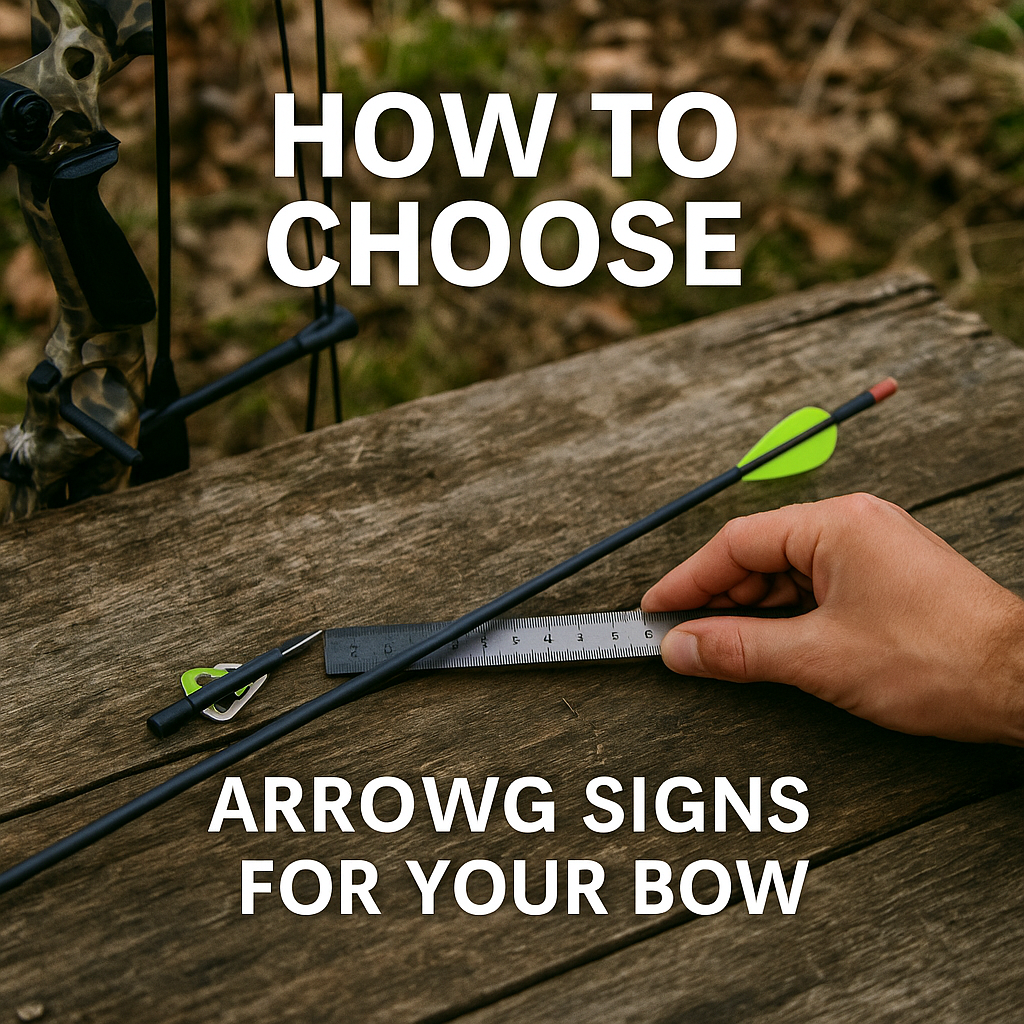
If you’re into archery whether bowhunting, 3D shooting, or target practice you’ve probably heard the term “arrow spine” tossed around. But what exactly does it mean, and why does it matter so much? Choosing the correct arrow spine for your bow is one of the most critical steps in ensuring accuracy, safety, and consistent shooting performance.
In this comprehensive guide, we’ll break down what arrow spine is, why it matters, and how to select the right spine for your setup. By the end, you’ll know exactly how to match your arrows to your bow so you can shoot with confidence and precision.
Table of Contents
The term arrow spine refers to how much an arrow shaft flexes when force is applied—specifically when the bowstring pushes it forward upon release. Simply put, it’s the measure of an arrow’s stiffness.
There are two main types of arrow spine:
Understanding both is key, but dynamic spine often makes the biggest difference for your bow setup.
Selecting the wrong spine can lead to poor accuracy and unsafe shooting. Here’s why it matters:
Whether you’re bowhunting a whitetail or shooting targets at the range, spine selection is non-negotiable for performance.
Choosing the right arrow spine isn’t just about grabbing arrows off the shelf. Several variables affect how much your arrow flexes:
Heavier draw weights require stiffer arrows because they exert more force on the shaft.
The longer the arrow shaft, the weaker the spine behaves. Even a stiff arrow can act weak if cut too long.
Heavier tips make the arrow flex more on release.
Manufacturers provide spine charts to help archers select arrows. These charts typically cross-reference:
The intersection shows the recommended arrow spine number (e.g., 340, 400, 500).
Here’s a process to follow:
Record your bow’s draw weight, draw length, and type (compound, recurve, etc.).
Generally, arrows should be 1–2 inches longer than your draw length for safety.
Decide whether you’re using 100-grain field tips, 125-grain broadheads, or heavier hunting tips.
Plug your data into a manufacturer’s chart (Easton, Gold Tip, Carbon Express, etc.).
Paper tuning and bare-shaft testing help fine-tune your choice. Sometimes, even the “recommended” spine needs slight adjustments.
For bowhunters, arrow spine is especially critical.
Target shooters benefit from spine tuning because:
Not recommended. Each bow has unique draw weight and setup—always match arrows to the specific bow.
Not necessarily. Spine refers to stiffness, not weight. However, heavier tips weaken the effective spine.
Yes, but overly stiff arrows reduce accuracy. Balance is key.
For advanced archers, dynamic spine calculators (software or apps) consider:
This helps fine-tune beyond manufacturer charts, especially for custom hunting setups.
Choosing the right arrow spine for your bow is one of the most important steps to becoming a consistent and accurate archer. From draw weight and arrow length to tip weight and bow type, multiple factors play into the decision. By understanding the basics, using spine charts, and fine-tuning through testing, you’ll ensure your arrows fly true every time.
Whether you’re aiming for a bullseye in competition or a clean ethical shot in the woods, getting your arrow spine right will make all the difference.
Upland bird hunting especially for pheasant and quail is one of the most rewarding pursuits…
A hunting rifle is more than just a tool it’s a trusted companion in the…
Choosing the best tree stands under $300 is one of the smartest investments a hunter…
When dark clouds roll in and rain starts falling, many hunters pack up their gear…
Competitive shooting requires skill, precision, and the right equipment. Whether you're a seasoned competitor or…
The world of archery is undergoing an exciting evolution. What once were purely mechanical tools…
This website uses cookies.